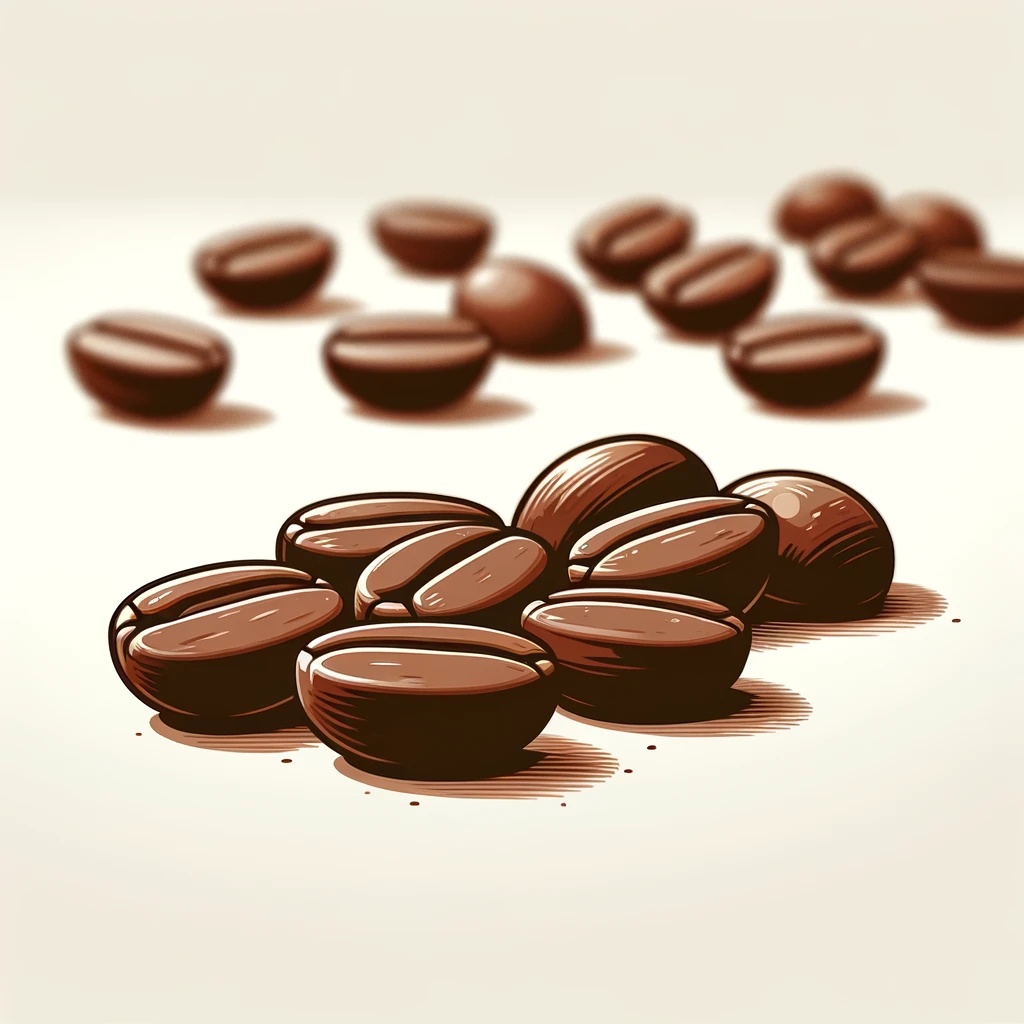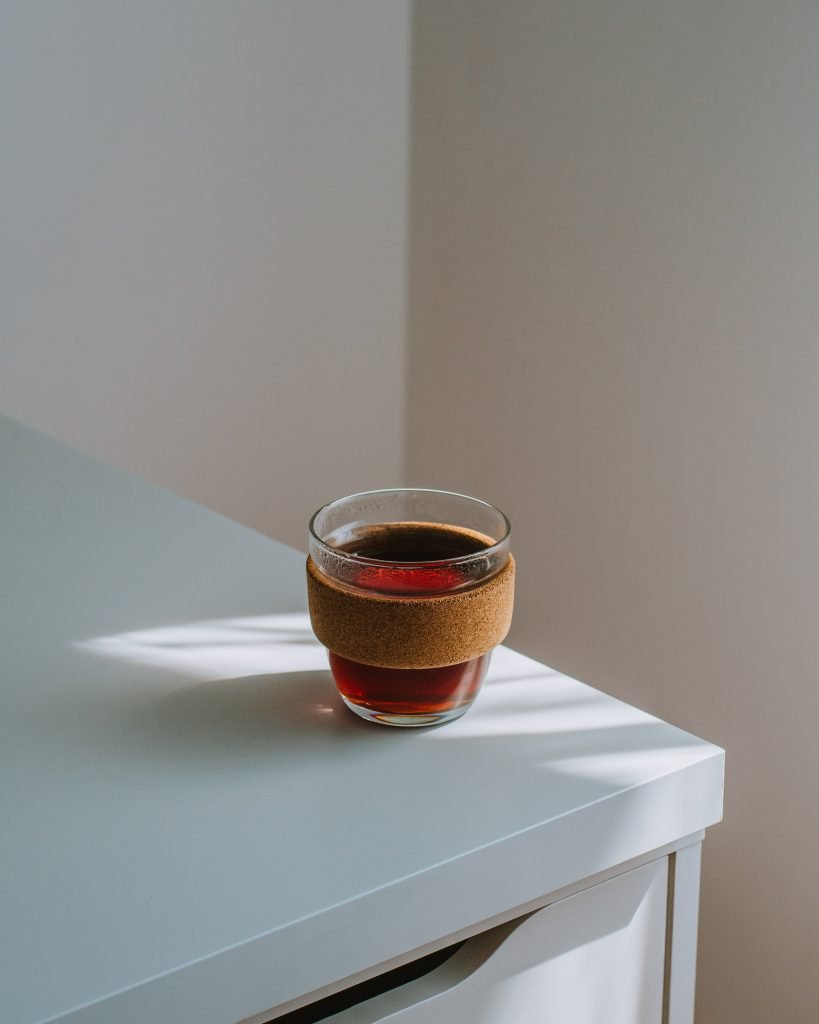
Understanding Different Types of Loose Leaf Tea
Black, Green, White, Oolong, and Herbal Teas
Loose leaf tea comes in various types such as black, green, white, oolong, and herbal teas. Each type offers a distinct flavor profile and unique health benefits. For example, black tea is known for its robust flavor and often contains the highest caffeine content among the different types. On the other hand, green tea is celebrated for its fresh and grassy taste along with its high antioxidant properties.
Understanding these distinctions can guide you in selecting the most suitable loose leaf tea based on your preferences. If you’re seeking a bold and energizing option to kickstart your day, black tea might be your go-to choice. Conversely, if you prefer a milder taste with potential calming effects, opting for white or herbal teas could be more fitting.
Flavor Profile and Health Benefits
Each type of loose leaf tea boasts specific characteristics that cater to diverse tastes and wellness needs. While oolong tea offers a balance between the richness of black tea and the freshness of green tea, herbal teas are renowned for their caffeine-free composition which makes them an ideal choice for relaxation before bedtime.
Factors Influencing Your Choice of Tea Leaves
Flavor and Aroma
Tea leaves come in various flavors and aromas, such as floral, earthy, or fruity. The flavor and aroma are key factors to consider when choosing the right tea leaves. For example, if you prefer a delicate floral taste, you might opt for jasmine green tea leaves.
The scent of freshly brewed tea leaves can be just as important as the flavor itself. Some people enjoy the comforting smell of chamomile, while others may favor the robust aroma of black tea.
Caffeine Content and Health Benefits
When selecting tea leaves, it’s essential to consider their caffeine content and potential health benefits. For instance, if you’re sensitive to caffeine or looking for a relaxing evening beverage, you might lean towards herbal leaves like rooibos or peppermint.
Different types of tea offer various health benefits. Green tea is renowned for its antioxidant properties that promote overall well-being. On the other hand, black tea may be favored for its potential heart health benefits.
Origin and Processing Methods
The origin and processing methods play a crucial role in determining the quality and characteristics of tea leaves. For example, Chinese green teas are often pan-fired during processing, resulting in a nutty flavor profile compared to Japanese green teas that have a more vegetal taste due to steaming.
Similarly, oolong teas from Taiwan undergo unique oxidation levels during processing which contribute to their distinctive floral or creamy notes compared to traditional Chinese oolongs with deeper roasted flavors.
Determining the Quality of Loose Leaf Tea
Characteristics of High-Quality Loose Leaf Tea
Several factors play a crucial role. The appearance, aroma, taste, and color of loose leaf tea are key indicators of its quality. For instance, high-quality loose leaf tea offers a rich and vibrant color when brewed, along with a fresh and enticing aroma that tantalizes the senses.
High-quality loose leaf tea is typically made from whole leaves or buds rather than broken leaves or dust. This distinction ensures that you’re getting the most flavor and nutrients from your brew. Whole leaves also contribute to a smoother taste and a more satisfying drinking experience.
Recognizing these characteristics will help you make informed decisions when selecting your perfect cup of tea. By familiarizing yourself with what high-quality loose leaf teas should look like, smell like, and taste like, you can confidently choose products that meet your standards.
Benefits of Recognizing Quality in Loose Leaf Tea
Understanding how to distinguish between high-quality and lower-grade teas allows you to savor the finest flavors available in every sip. It enables you to explore an array of options while ensuring that each cup delivers an exceptional experience.
Environmental Impact
Loose Leaf Tea vs. Tea Bags: What You Need to Know
Flavor and Aroma
It’s essential to consider whether you prefer a robust flavor and captivating aroma. Loose leaf tea offers a more intense and enjoyable taste compared to its counterpart, tea bags. The higher quality leaves in loose leaf tea contribute to its superior flavor profile, making each sip a delightful experience. In contrast, tea bags often contain lower-grade leaves or fannings, resulting in a less satisfying cup of tea.
Brewing loose leaf tea allows for greater control over the steeping process. With this method, you can adjust the steeping time and water temperature according to your preference, enhancing both the flavor and aroma of your brew. This level of control ensures that every cup of loose leaf tea is tailored precisely to suit your taste buds.
Unfurling Experience
When you brew loose leaf tea, you witness an enchanting spectacle as the leaves unfurl gracefully within your teapot or infuser. This visual display adds an element of elegance and artistry to your brewing ritual that cannot be replicated with ordinary teabags. The unfurling process not only enhances the aesthetics but also contributes to a richer infusion as more surface area is exposed during steeping.
Opting for high-quality loose leaf teas provides an opportunity for exploration through various blends such as oolong, green, white teas among others – offering diverse flavors beyond what traditional teabags can offer.
Seasonal Considerations in Tea Selection
Flavor Variations
Different types of tea are harvested at specific times of the year, resulting in seasonal variations in flavor. For instance, black teas harvested during spring may have a more delicate and floral taste compared to those from other seasons. Choosing teas that are in season ensures optimal freshness and taste, enhancing your overall tea experience.
Selecting tea leaves based on the time of harvest can significantly impact your sensory journey. The visual experience of observing freshly plucked tea leaves or the aromatic pleasure of brewing a cup from just-picked leaves can elevate your tea enjoyment to new heights.
Complementing Weather and Mood
Seasonal considerations can also help you select teas that complement the weather or your mood. During colder months, robust black teas might be more appealing due to their warming properties and rich flavors. In contrast, lighter green teas harvested during warmer seasons could provide a refreshing and invigorating sensation.
Storing and Brewing Techniques for Loose Leaf Tea
Proper Storage Methods
It’s crucial to keep it in airtight containers away from light and moisture. This helps maintain the freshness of the tea leaves, preserving their flavor and aroma. For instance, placing your favorite loose leaf tea in an opaque tin or ceramic jar can shield it from light exposure.
Ensuring that the storage area is cool will prevent the tea leaves from losing their essential oils due to heat. By storing your loose leaf tea properly, you can enjoy its delightful flavors for a longer period.
Brewing Process
Brewing loose leaf tea involves using a tea infuser or strainer to separate the leaves from the liquid. This allows you to savor your cup of tea without any debris interfering with each sip. Moreover, experimenting with different water temperatures, steeping times, and tea-to-water ratios enables you to tailor your brew according to your preferences.
For example, adjusting the steeping time can result in varying strengths of flavor—shorter steeping times yield lighter infusions while longer ones produce stronger brews. Similarly, altering the temperature affects how quickly flavors are extracted from the leaves into the water.
Where to Find Premium Loose Leaf Tea
Specialty Shops
Specialty tea shops and online retailers are excellent places to find a wide variety of premium loose leaf teas. These establishments often pride themselves on offering high-quality, carefully sourced teas from around the world. By visiting a specialty shop or browsing through an online retailer’s selection, you can explore different types of tea leaves, such as green, black, oolong, or white teas. The staff at these shops are usually knowledgeable about their products and can provide valuable insights into the flavor profiles and brewing recommendations for each type of tea.
When shopping at specialty stores or online retailers, look for certifications like Fair Trade or organic labels to ensure that the tea has been ethically sourced and produced without harmful chemicals. Reading customer reviews is also helpful in determining the quality and authenticity of the loose leaf tea being offered.
Local Markets and Festivals
Local farmers’ markets and tea festivals present another opportunity to discover premium loose leaf teas. Vendors at these events often showcase unique blends and single-origin teas that may not be readily available elsewhere. Visiting these venues allows you to engage directly with vendors who have extensive knowledge about their products’ origins and characteristics.
Exploring local markets or attending tea festivals can be an enriching experience as you interact with fellow tea enthusiasts while sampling various flavors of loose leaf teas. Supporting local businesses by purchasing from market vendors fosters a sense of community involvement.
Frequently Asked Questions
How can I tell if a tea leaf is of high quality?
To determine the quality of loose leaf tea, look for whole leaves or large pieces. Avoid powdery or broken leaves, as they indicate lower quality. The aroma and color are also important indicators – vibrant colors and fragrant aromas suggest higher quality.
What’s the difference between loose leaf tea and tea bags?
Loose leaf teas are made from whole or large pieces of leaves, offering more complex flavors. Tea bags often contain smaller, broken pieces that may result in a more bitter taste due to increased surface area exposure. Loose leaf also allows for better infusion.
Where can I find premium loose leaf tea?
You can find premium loose leaf teas at specialty tea shops, online retailers specializing in gourmet teas, or directly from reputable tea estates. Look for certifications such as organic or fair trade to ensure you’re getting high-quality products.
Are there specific brewing techniques for loose leaf tea?
Yes! Use freshly boiled water appropriate for the type of tea (e.g., green, black). Follow recommended steeping times and temperatures provided with your specific type of loose leaf tea to ensure optimal flavor extraction without bitterness.
What factors should influence my choice of tea leaves?
Consider your preferred flavor profile (e.g., floral, earthy), caffeine content desired (e.g., low vs. high), and any potential health benefits you seek from different types of teas when selecting your ideal loose leaf variety.



